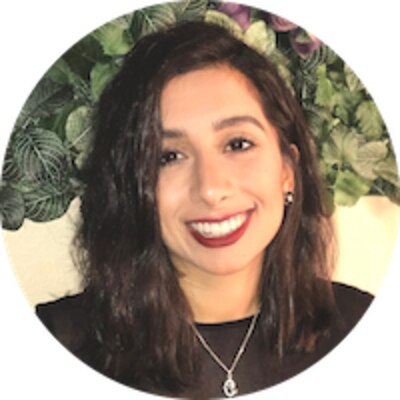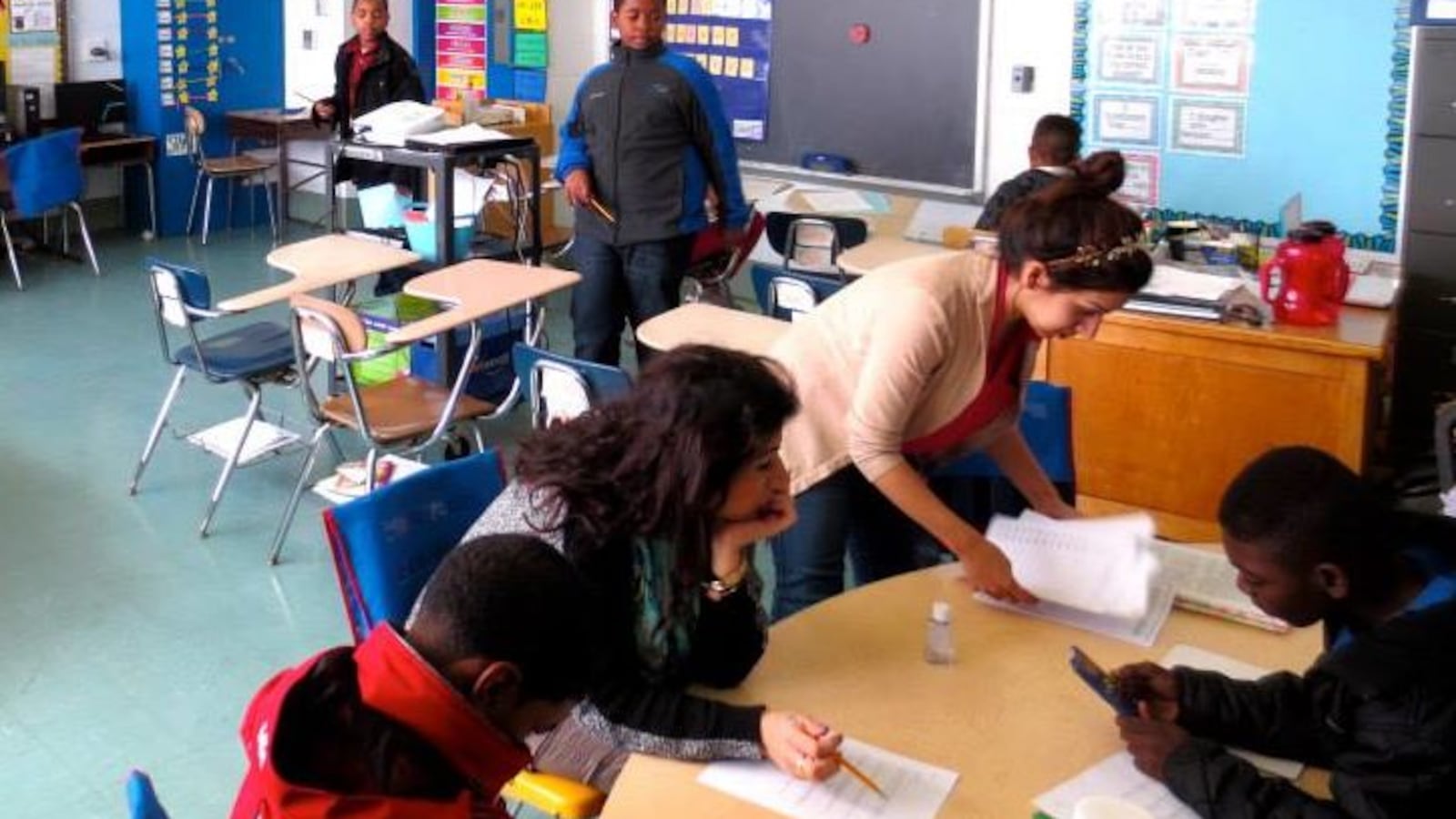For the first 22 years of my life, I denied having a disability. I invested all of my energy in hiding my blindness, praying for invisibility when I incorrectly copied down notes from the board, stumbled on words when reading aloud, or tripped over a step I couldn’t see. I wanted so badly to avoid the judgment and questions of others that I created a version of myself that would be perceived as normal, likable, and easy to accept.
Yet maintaining this facade also caused extreme anxiety. When would people notice my disability? Would it be when I was trying to pay for a coffee and couldn’t read the prompt on the screen to complete my order? Or when I walked past friends without acknowledging them because I couldn’t see their faces? Or when I was working on a group project in class and struggled to contribute because I couldn’t even read the instructions in print?

This anxiety made me adept at silencing my own voice, at taking up little to no space and bending to the whims of others in order to gain approval.
In 2011, I began working as a special education teacher in Washington D.C., working closely with upper elementary school children with mild to moderate impairments. It was excruciating to watch my students face criticism from their teachers and taunts from their peers. I was constantly reminded of my own experiences of shame and stress as a child with a disability.
I spent a year passively observing these uncomfortable exchanges until a conversation with a student’s parent caused me to change my approach. The student was feeling anxiety and shame around his learning disability diagnosis. With the support of his mom, we had an open conversation about celebrities who had experienced great success with learning disabilities. We reframed the idea of disability as a difference instead of a problematic diagnosis.
That single conversation was not a silver bullet. Yet it set a precedent for more open dialogue and created space for him to work through his anxiety. It also, eventually, helped me with my own.
I realized that my students, like myself, had a choice. They could share who they were with others and accept disability as part of their identities. They could also choose to deny disability, to pretend it didn’t exist, to laugh along with peers if they were teased for reading slowly or angering quickly, and ultimately internalize their differences as reasons to feel shame. I knew I had to encourage them to choose the first path.
Here’s how I did so.
First, I began to actively discuss disability with my students. When disability arose organically in student conversations, I didn’t ignore it. Instead, I asked students what they knew about the disability and shared information about the ways in which the disability could affect — but not define — an individual. I also referenced positive figures in the press who have disabilities. This helped reframe the notion of disability as only negative and increased students’ awareness of different types of disabilities.
Second, I reminded students that disabilities exist on a spectrum. I illustrated this point by explaining the ways in which my blindness varied from others’. To date, I have not met another blind individual who experiences the world in the same way that I do; some blind peers can read small print more clearly but lack depth perception, while others see the world in shadows or as a contrast between light and dark.
Third, I conveyed that many disabilities are not readily visible, and it’s important to avoid making assumptions. Because of my prior unwillingness to acknowledge my blindness, my differences were often incorrectly attributed to deficits in my personality or intelligence, making me feel ashamed that I could not do things that my able-bodied peers could do, such as drive a car, write a handwritten note, or navigate using street signs.
Finally, I reminded students and colleagues that people with disabilities are the experts in their own lived experiences. I encouraged students to share the impact of their disabilities with others, and I pushed teachers to include students in conversations about their own learning — including their own IEP meetings.
My students began to share more than I ever had the guts to reveal at their age. I saw a student explain to a peer how his dyslexia made it difficult for him to decode words, but that it also made him a harder, more creative worker. He added that dyslexia gave him the chance to learn how to use screen readers and other assistive technology devices he wouldn’t have otherwise known how to access. Another student defended his peer who was being teased for her difficulty with impulse control; he explained that she couldn’t always stop and think before speaking, and that it was unfair to tease her for this.
Ultimately, moving discussions about disability into the open helped my students embrace this part of their identities and support one another in the process. And through working with these students, I began to heal as well.
Although I continue to face challenges in my daily life because of my blindness, I am currently pursuing a doctorate. I know that I am capable and intelligent because of, not despite, my disability-related differences. I know that I am not unworthy or broken. It’s the job of our schools to make sure all students get that message.
Sarah Manchanda is pursuing her doctorate in special education in the joint doctoral program between the University of California, Berkeley and San Francisco State University. She previously taught special education in Washington D.C. and coached teachers in Andhra Pradesh, India. She was also an Emerging Equity Leaders Fellow with Leadership for Educational Equity.
About our First Person series:
First Person is where Chalkbeat features personal essays by educators, students, parents, and others trying to improve public education. Read our submission guidelines here.



